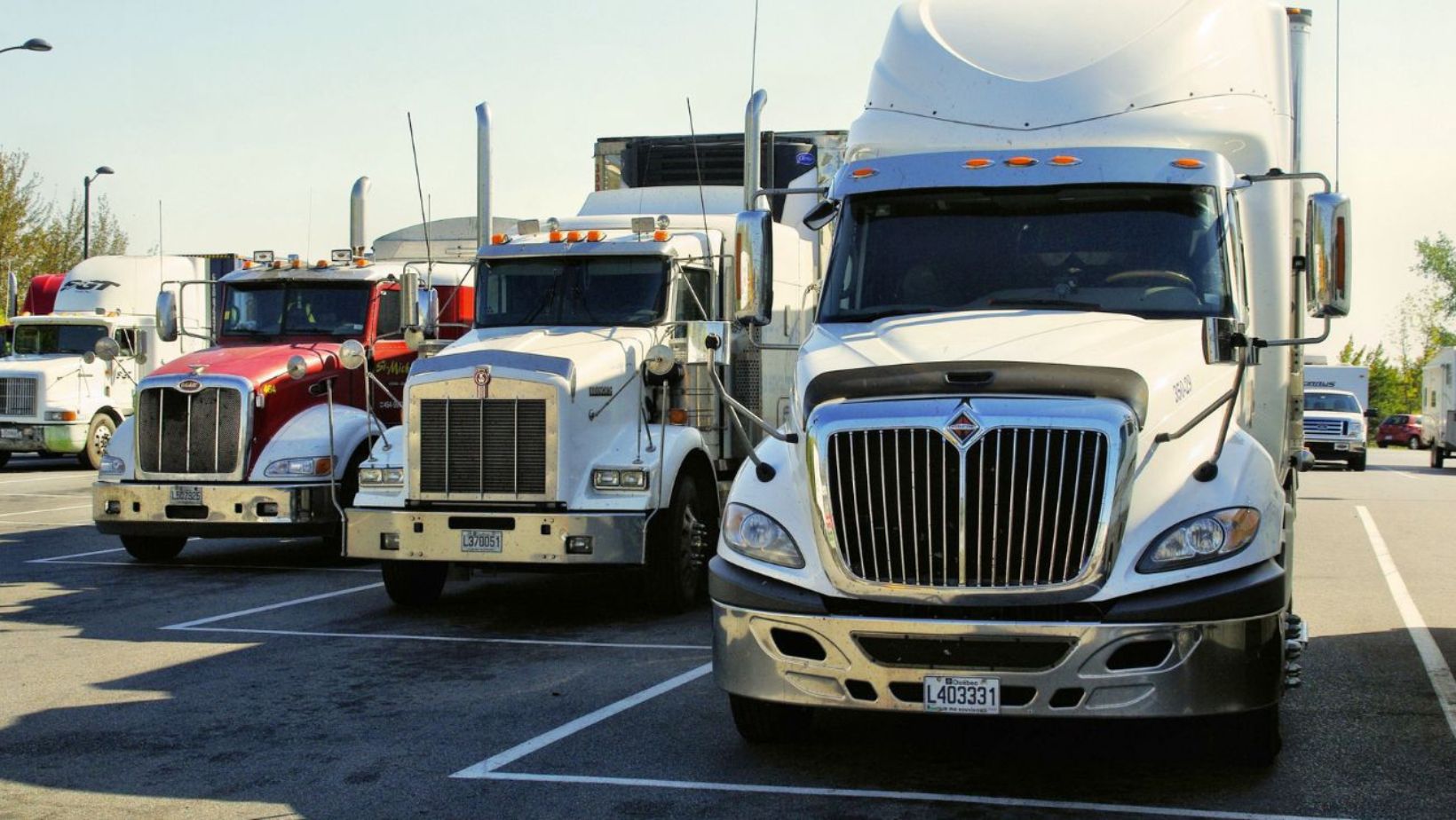In Australia, trucks are the most important vehicles. They are widely used to transport a variety of goods and often completely replace the railway. Their strong influence on various logistics processes has created a unique Australian truck culture, which we want to tell you about in our article.
Nuances of the Emergence of Australian Truck Culture
Australia is a unique country. It has high economic development and is an essential player on the world stage. At the same time, this country is sparsely populated. There are only a few large cities on its territory where most of the population is concentrated. The rest of the area is a deserted desert where you rarely see a person or a car driving towards you.
Due to its small population, vast distances between cities and lack of close cooperation between provinces, Australian authorities have never sought to develop railway infrastructure. It was this feature that led to the fact that trucks became the main transport in the country. They are more economical than trains (in Australia, the cost of transporting passengers or goods by rail is almost the same as transport by plane), well adapted for travel on desert roads and extremely easy to maintain. They can also often be bought inexpensively at Cicero junkyard and online auctions in other cities, repaired to perfect condition and used for transporting goods. This option makes freight transportation even cheaper.

The active use of trucks in logistics has triggered the formation of a unique culture. It has absorbed all the traditions of cargo transportation across Australia that existed previously or were slightly modified to transform accessible transport. The result is a unique combination that has no analogs in any other country in the world.
Features of Australian Road Trains
The road train is one of the most unique features of Australian truck culture. It is the most powerful tractor, and several trailers are attached. Their number often does not exceed five pieces, but from time to time, Australians use road trains with a record number of trailers. For example, in 2006, a tractor managed to move 113 trailers and pull them several hundred meters. This road train was almost 1.5 km long and carried a load weighing 1,300 tons. Of course, such a vehicle was built specifically to break the world record, and no one was going to release it on the roads of Australia. However, its very existence is a delight and makes Australian truck culture a unique phenomenon of our time.
Road trains appeared due to the desire to help small farms located in the Australian outback. Until the start of using trucks with several trailers, their owners were forced to independently transport the harvested crops or meat and dairy products to the railway. It could be located tens of kilometers from the farm, which turned the process of further sale of goods into an unprofitable activity (transportation costs significantly exceeded income from the sale of meat, milk, vegetables and fruits). With the advent of road trains, the situation changed. Now, drivers could move along a specific route, stopping at farms. There, they loaded up with food and transported it to major cities in Australia for relatively little money. In the end, all sides were in the black. Farmers received a good income from the sale of goods, and the owners of the road train received a profit that many times covered the cost of maintaining the vehicle.

Most often, road trains are sent along the desert roads of Australia. This is done not only to improve road safety but also to speed up the process of transporting goods. There are very few other cars on such roads, so even trucks with 4, 5 or more trailers can drive at a speed of at least 100 km/h. The total weight of transported goods can reach 500 tons and, in some cases, even exceed this figure.
Road trains operate successfully in 75% of Australia. They often transport livestock, food, minerals, and fuel materials. All these cargoes are placed in specially prepared trailers, fully adapted for transporting particular objects or living beings. The route of the road train is designed to bypass large cities. Thanks to this feature, only small settlements and farms are encountered on the trucker’s route. When approaching its destination (most often, it is one of the Australian megacities), the truck stops at specially equipped assembly sites. On us, several trailers are detached and connected to other trucks. This is done so that the cargo can be delivered to warehouses within the city (in most populated areas in Australia, there are restrictions on the maximum length of the vehicle).
Truck drivers driving road trains often spend several days on the road. During this time, the tractor cabin becomes their home. It is equipped with a special place for sleeping and rest. The cabin is also complemented by various household devices (a refrigerator), a TV, a computer, and musical equipment. All this is necessary for the driver’s daily proper rest after several hours behind the wheel.
Significance for Australia
Australia’s unique truck culture is of great importance to the entire country. Thanks to its development, it was possible to develop new ways to transport goods and quickly increase the efficiency of traditional ones. The main achievement of such a culture is, of course, road trains. They have become a unique attraction in Australia, which attracts more tourists to the country. Many are willing to travel long distances and pay big money to see classic Australian road trains with their own eyes. This has a positive effect on the country’s economic condition and makes it more attractive to investors.
Another achievement of the established Australian truck culture is the popularization of the country on the world stage. This occurs due to unique methods of organizing logistics processes, which many copy and reproduce in their territories. For example, the same road trains gradually began to be introduced in some countries of Europe, North America, and Africa. Also, to break the world record held by Australia, all continents are striving to build trucks that can travel with the maximum possible number of trailers.
Trucks are the most important form of transport in Australia. They significantly influence various logistics processes and help large cities remote from each other exchange goods. The active use of trucks created favorable conditions for the formation of a full-fledged culture, which gradually transformed and became a unique asset of Australia.


